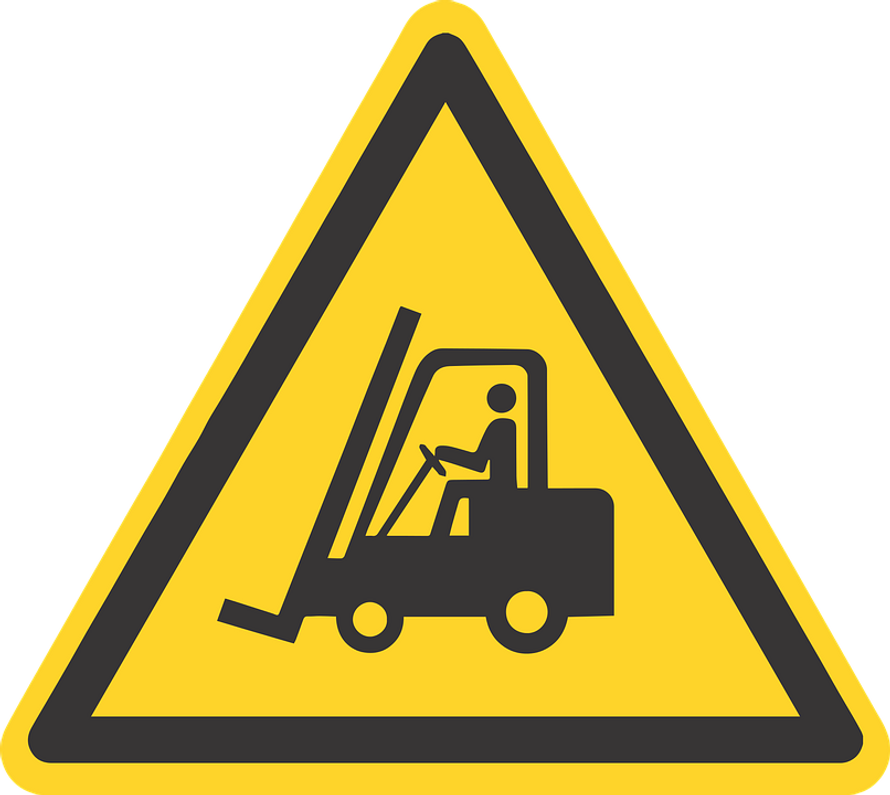6 Common Types of Ergonomic Hazards in the Workplace
Creating a safe workplace requires an understanding of ergonomic hazards. According to the U.S. Bureau of Labor Statistics (BLS), nearly one-third of all injuries sustained by workers are musculoskeletal. Musculoskeletal injuries are those that affect the muscles, tendons, ligaments and spine. They are typically caused by ergonomic hazards. By familiarizing yourself with the following ergonomic hazards, you can prevent MSDs from occurring in your workplace.
#1) Poor Sitting Posture
Sitting with poor posture is an ergonomic hazard. Your spinal column will be compressed more when sitting than when standing. All of this compression can take a toll on your spine, resulting in back pain. To protect against back pain, you need to sit with the right posture. Keep both of your feet on the ground while separating your arms about shoulder-width apart.
#2) Lifting Incorrectly
Lifting boxes or other objects incorrectly is an ergonomic hazard. Avoid lifting with your back. Rather than bending your back to lift a box or object, bend your knees. Bending your knees will allow you to lift while keeping your spine straight.
For better ergonomics, follow these lifting tips:
- Bend your knees to lower your body.
- Grab objects from the sides using both hands.
- Don't twist objects when lifting.
- Keep your back straight when lifting and carrying objects.
#3) Vibration Exposure
You might be surprised to learn that exposure to vibrations is an ergonomic hazard. Machines, equipment and vehicles can all produce vibrations. Workers who are exposed to these vibrations for a prolonged period may develop MSDs.
#4) Repetitive Motions
Repetitive motions is an ergonomic hazard. Any manual task or activity that you perform over and over is a repetitive motion. Repetitive motions are a major contributing factor in MSDs. There's even a group of injuries that specifically involves repetitive motions: repetitive strain injuries (RSIs).
#5) Louse Noise
Another common type of ergonomic hazard in the workplace is loud noise. A study conducted by the BLS found that 13.3% of workers were exposed to louse noise in 2016. Loud noise, of course, can cause hearing loss. It may cause temporary hearing loss or permanent hearing loss. Alternatively, it can cause hearing-related conditions such as tinnitus.
#6) Using Too Much Force
According to the U.S. Occupational Safety and Health Administration (OSHA), using too much force is an ergonomic hazard. Workers who perform tasks that require an excessive amount of force are more likely to develop an MSD than their counterparts.
Recent Posts
-
Fire Safety in the Workplace: What You Need to Know
What steps are you taking to prevent fires in your workplace? According to the U.S. Occupational Saf …Aug 23rd 2023 -
Is It Safe to Go Jogging With a Cold Infection?
If you're suffering from a cold infection, you might be wondering whether it's safe to go jogging. T …Aug 22nd 2023 -
5 Safety Tips to Follow When Using a Powder-Actuated Tool
Powder-actuated tools are commonly used to join materials to steel and concrete. Also known as Hilti …Aug 20th 2023




